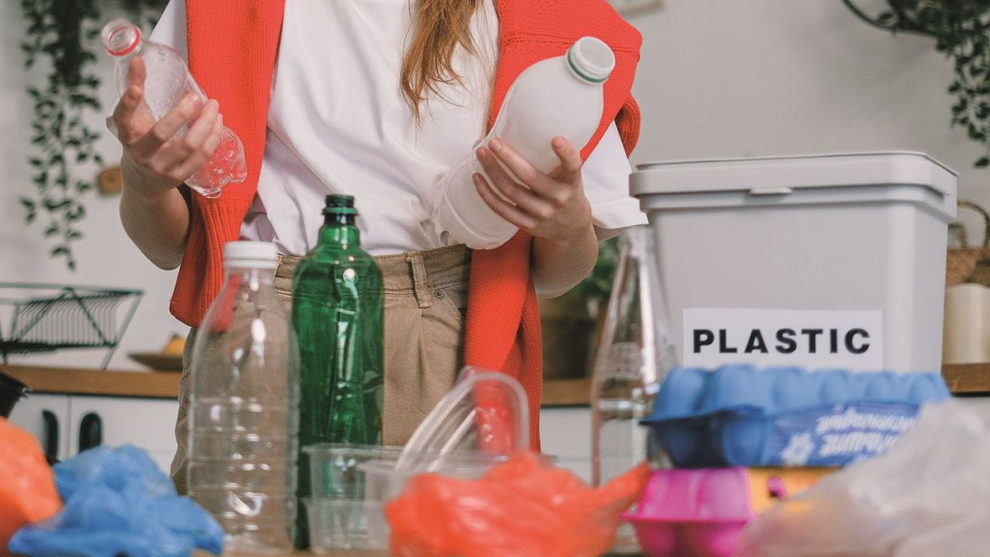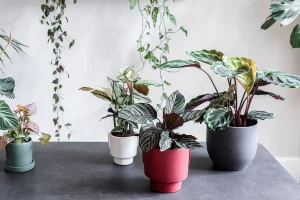Plastic is an incredibly versatile material that has become an integral part of our lives. It is used in everything from packaging to appliances to medical devices. However, plastic waste has also become a major environmental issue, with a significant amount of plastic waste ending up in landfills and oceans. Reducing plastic use and switching to reusable alternatives can help mitigate this issue.
Tips For Reducing Plastic Use And Switching To Reusable Alternatives
Here is the nutshell information about tips for reducing plastic use and switching to reusable alternatives:
Bring your own reusable bags
One of the most common and easily avoidable sources of plastic waste is single-use plastic bags. When shopping, bring your own reusable bags instead of relying on the plastic bags provided by the store. You can use canvas bags, cloth bags, or even a backpack to carry your purchases. Many stores now offer reusable bags for sale, and some even offer discounts for bringing your own bags.
Use reusable water bottles
Another source of plastic waste is disposable water bottles. Instead of buying bottled water, invest in a reusable water bottle that you can refill as needed. There are many options available, including stainless steel, glass, and BPA-free plastic bottles. Not only will this reduce your plastic use, but it will also save you money in the long run.
Choose glass or metal containers
When storing food or drinks, opt for glass or metal containers instead of plastic ones. Glass and metal are more durable and have a longer lifespan than plastic containers, reducing the amount of waste generated. Plus, glass and metal are also safer for storing food and drinks, as they do not contain harmful chemicals like BPA.
Say no to straws
Plastic straws are another source of single-use plastic waste. When ordering drinks at restaurants, request no straws or bring your own reusable straw. There are many reusable straw options available, including metal, glass, and silicone straws.
Use cloth napkins
Instead of using disposable paper napkins, switch to cloth napkins. Cloth napkins are reusable and can be washed and used again, reducing the amount of waste generated. Plus, cloth napkins are often more stylish and durable than their paper counterparts.
Choose plastic-free packaging
When shopping for groceries, look for products with minimal plastic packaging. Opt for products packaged in glass, metal, or paper instead. This can be challenging, as many products are packaged in plastic, but making a conscious effort to choose plastic-free options can make a difference.
Use reusable produce bags
When shopping for produce, use reusable produce bags instead of the plastic bags provided by the store. Many stores now offer reusable produce bags for sale, but you can also make your own by using cloth bags or repurposing old pillowcases.
Switch to a safety razor
Disposable razors are a significant source of plastic waste. Switching to a safety razor can help reduce plastic waste while also saving you money in the long run. Safety razors have a longer lifespan than disposable razors and are made of metal, reducing the amount of plastic waste generated.
Use reusable menstrual products
Disposable menstrual products, such as pads and tampons, generate a significant amount of waste. Switching to reusable menstrual products, such as menstrual cups or cloth pads, can help reduce plastic waste while also saving you money in the long run. There are many options available, and it may take some trial and error to find the right product for you.
Shop at bulk stores
Shopping at bulk stores can help reduce plastic waste by allowing you to purchase products in bulk and avoid excess packaging. Many bulk stores allow customers to bring their own containers, reducing the need for plastic bags or containers. Plus, shopping at bulk stores can often be more affordable than purchasing individually packaged products.
In conclusion
Reducing plastic use and switching to reusable alternatives can make a significant difference in reducing the amount of plastic waste generated. By making small changes in our daily lives, we can help protect the environment and reduce our carbon footprint. Some simple steps like bringing your own reusable bags, using cloth napkins, choosing glass or metal containers, and switching to reusable menstrual products can help reduce plastic waste. We must continue to be mindful of our plastic use and strive to make eco-friendly choices to preserve our planet for future generations.




Add Comment